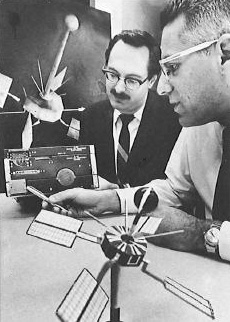About Us

Researchers display a cosmic ray experiment they designed that was carried on Explorer 41. That spacecraft provided real-time data on radiation hazards to Apollo 11 astronauts during their historic mission to the moon.
The Department of Physics has been an integral part of The University of Texas at Dallas since the institution’s founding in 1969. The first graduates of a young UT Dallas earned master’s degrees in physics. But our roots go back even further – physics, relativity and space sciences formed the bedrock of research at UT Dallas’s precursor, the Graduate Research Center of the Southwest and its research arm, the Southwest Center for Advanced Studies.
Read more and see historical photos:
School of Natural Sciences and Math Celebrates its Roots in Research Center a Half Century Ago
The physics department offers degree plans at the undergraduate and graduate levels in areas of study relevant to many scientific and industry challenges. We enroll approximately 170 physics majors.
Our faculty provides students with a quality education, directing internationally recognized programs in an intimate setting that allows ample student-faculty interaction. At UT Dallas, undergraduates are strongly encouraged to take advantage of the many research opportunities available across campus.
There are two major research centers associated with the physics department. The William B. Hanson Center for Space Sciences has ongoing projects with NASA, and our faculty members and research scientists collaborated on the exciting Mars Lander Project with a mass spectrometer for analyzing Martian soil. Other projects include the design, construction, and flight of space plasma sensors for spacecraft and rockets; the development of software and analysis tools for data interpretation; and the advancement of numerical models of the solar terrestrial environment.

UT Dallas researchers have made artificial muscles from carbon nanotube yarns that have been infiltrated with paraffin wax and twisted until coils form along their length. The diameter of this coiled yarn is about twice the width of a human hair. Read more
The Alan G. MacDiarmid NanoTech Institute has achieved world recognition for its pioneering work on carbon nanotubes and other nanostructures. Projects include nanostructured hybrid composite membranes for fuel cells, carbon nanotubes supercapacitors, nanotubes for harvesting thermal energy, carbon nanotube artificial muscles and many other projects, some of which have strong biological applications.
In the field of high-energy physics, our faculty and researchers pursue particle discoveries and search for new physics using the Babar Detector and the Large Hadron Collider (LHC), which sits beneath the surface of the earth along the Franco-Swiss border outside Geneva.
Our robust academic and research programs provide outstanding preparation for careers in fields such as nanotechnology; materials science; space sciences; cosmology, relativity and astrophysics; experimental particle physics; and sun and climate studies.
The Department of Physics holds regular colloquia that offer a forum for invited scientists to present modern research in a fashion accessible to those with a background in physics, but who are not experts in the field. Talks are aimed at the graduate level.
Key to your physics education is an interdisciplinary approach that underscores our view that “physics is the liberal arts education of the technological world.” We enjoy close and enthusiastic collaborations with many UT Dallas departments, including electrical engineering, chemistry, geosciences, biology, computer science and the Naveen Jindal School of Management.
If you’re interested in a teaching career, UT Dallas offers the UTeach Dallas program, which allows students to complete both a rigorous BA or BS in physics degree and all the coursework for middle or high school certification in just four years.







